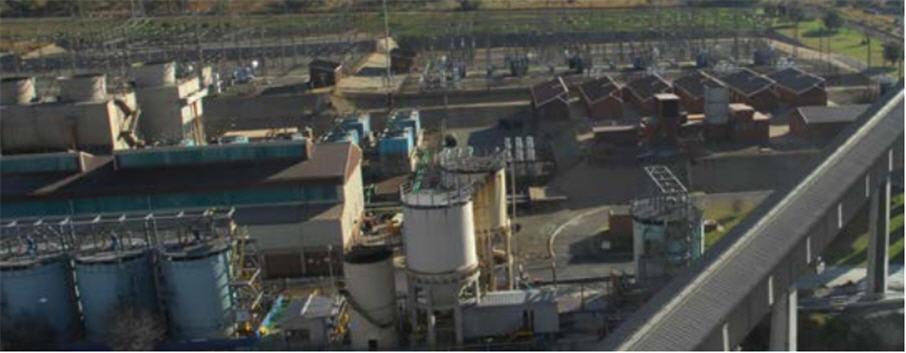
JOHANNESBURG (Reuters) – The 2017 death toll in South Africa’s mines has already surpassed the 2016 figure, ending nine straight years of falling fatalities in the world’s deepest mines and raising red flags for the industry, government and labor groups.
The trend reversal is likely to reignite investor concern over mine safety and could prompt regulators to step up shaft inspections, which often result in costly production stoppages.
“Fatal accidents last week raised the number of fatalities in 2017 to 76, above the 73 reported in 2016. This is particularly disappointing given the consistent improvement the industry has seen over the past two decades,” South Africa’s Chamber of Mines said in a statement.
The chamber said there had been several fatalities in recent weeks because of seismic activity.
Anglo American Platinum CEO Chris Griffith, who heads the chamber’s CEO Zero Harm Forum, said the industry, government and labor needs to “accelerate initiatives that could improve this unacceptable performance”.
Fidel Hadebe, spokesman for the department of mineral resources, said “the department will certainly be stepping up efforts around this issue”, including closing operations for non-compliance with safety regulations.
Paul Mardon, head of health and safety at the Solidarity trade union, said there were concerns that production pressures were compromising safety as workers worried about their jobs in a difficult economic climate.
He also said there was a worrying trend in the size and frequency of what are called “fall of ground” incidents, which involve tunnel roofs or walls crumbling onto workers. This could point to geological or other structural issues.
With an unforgiving geology, South Africa is home to the world’s deepest mines.
South African mining companies include Harmony Gold, Gold Fields, Impala Platinum and AngloGold Ashanti among others. AngloGold Ashanti operates the world’s deepest mine, the Mponeng gold mine, which extends 4km (2-1/2 miles) below ground.
For all the dangers, the industry in the world’s top platinum producer had been making significant strides on safety thanks to measures such as the use of netting to catch falling rocks at the face, or stope, where drilling and blasting take place.
In 1993, the year before Nelson Mandela became South Africa’s first black president, 615 miners died in the pits. By 2009 the number had dropped to 167 and kept falling, reaching a record low of 73 in 2016, according to Chamber of Mines data.
(Reporting by Ed Stoddard; Editing by David Goodman).